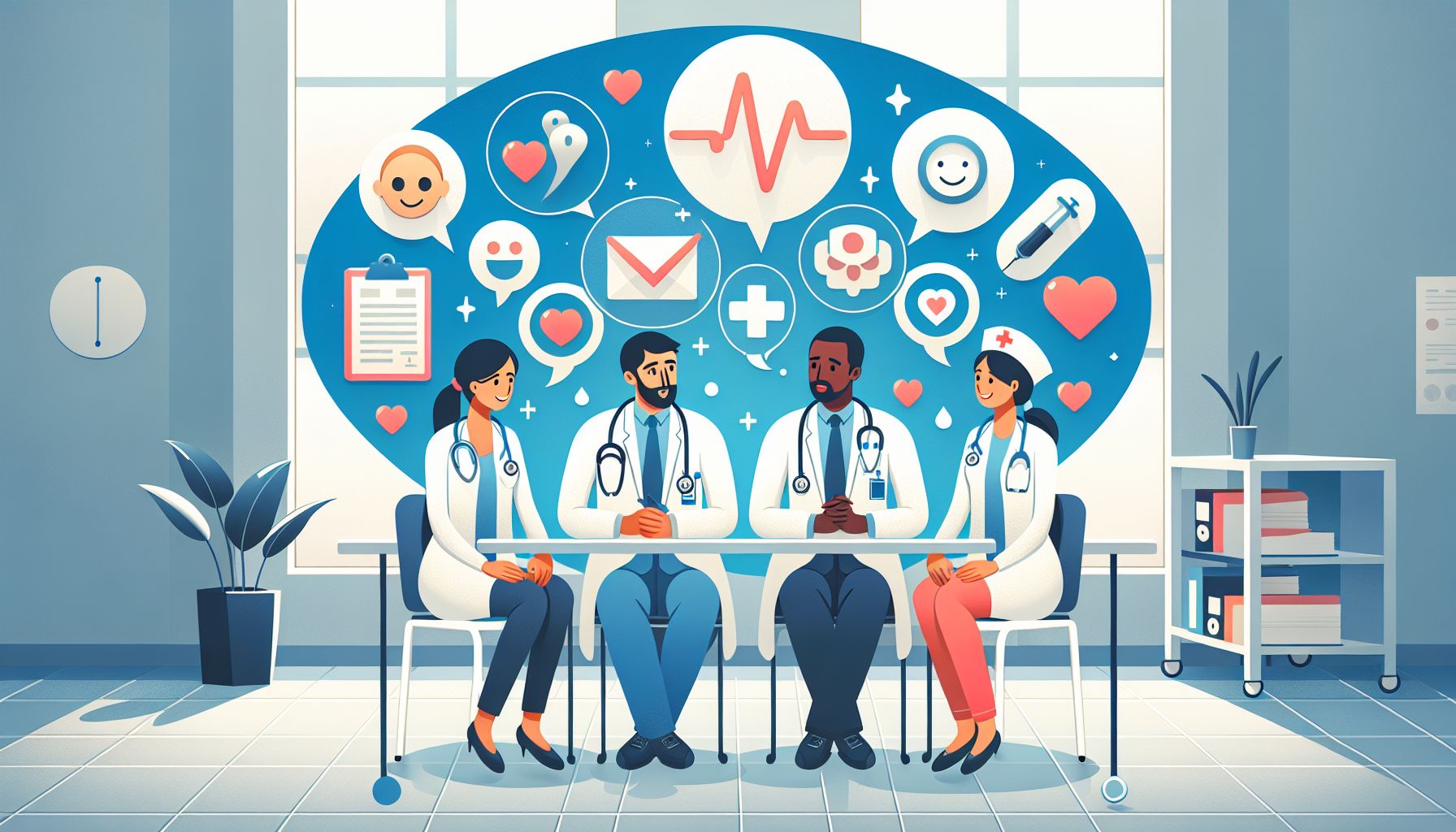In the fast-paced and ever-changing field of healthcare, effective communication is essential for medical professionals and experts. Whether it is communicating with patients, colleagues, or other members of the healthcare team, clear and concise communication is crucial for providing high-quality care and ensuring patient safety.
Introduction
Healthcare is a complex field that is shaped by advancements in technology, research, and clinical practices. In this dynamic environment, effective communication becomes the cornerstone of delivering efficient and patient-centered care. From patient consultations to multidisciplinary team meetings, communication plays a pivotal role in all aspects of healthcare.
The Impact of Communication on Patient Care
Poor communication has been shown to have detrimental effects on patient outcomes, including medication errors, delayed diagnosis, and patient dissatisfaction. On the other hand, effective communication has been linked to better patient outcomes, increased patient satisfaction, and improved adherence to treatment plans.
Communicating with Patients
A fundamental aspect of healthcare communication is the interaction between medical professionals and their patients. Clear and empathetic communication helps build trust, establish rapport, and ensure that patients have a thorough understanding of their condition, treatment options, and care plan.
-
Active Listening: Actively listening to patients allows healthcare providers to gather important information about their medical history, symptoms, concerns, and expectations. By providing patients with an opportunity to express themselves, clinicians can better understand their needs and develop individualized care plans.
-
Plain Language: Avoiding medical jargon and using plain language is crucial for effective patient communication. Explaining complex medical terms in an easily understandable manner helps patients make informed decisions about their health and promotes healthier lifestyles.
-
Non-Verbal Communication: Non-verbal cues, such as body language and facial expressions, can greatly impact patient communication. Healthcare professionals should be aware of their non-verbal signals to ensure they convey empathy, understanding, and professionalism.
-
Empathy and Emotional Support: Communicating with empathy and providing emotional support can have a profound impact on patients’ well-being. Acknowledging their emotions, fears, and concerns fosters trust and creates a more supportive healthcare environment.
Interprofessional Communication
In the complex and collaborative world of healthcare, effective communication among medical professionals is vital to ensure safe and coordinated patient care.
-
Structured Communication Tools: Utilizing structured communication tools, such as SBAR (Situation, Background, Assessment, Recommendation), helps standardize information sharing, reduce errors, and improve patient handoffs.
-
Team Meetings and Huddles: Regular team meetings and huddles create an environment for medical professionals to discuss patient cases, share updates, and coordinate care plans. These meetings facilitate collaborative decision-making and improve overall communication within the healthcare team.
-
Electronic Health Records: Electronic health records (EHRs) can enhance communication between healthcare providers by providing up-to-date information on patient history, test results, and medication regimens. Ensuring accurate and accessible EHRs fosters seamless communication across various specialties and care settings.
-
Closed-Loop Communication: Closed-loop communication involves verifying, acknowledging, and confirming the receipt of critical information. This structured approach helps avoid misunderstandings, improves accountability, and minimizes the risk of errors.
The Impact of Communication Training
Recognizing the importance of effective communication, healthcare organizations have begun integrating communication training into medical education and continuing professional development programs. Empowering healthcare professionals with strong communication skills is beneficial for both patient outcomes and the overall functioning of healthcare systems.
-
Simulation-Based Training: Simulation-based training provides medical professionals with opportunities to practice communication skills in a safe and controlled environment. By simulating real-life scenarios, healthcare providers can enhance their ability to communicate effectively under various circumstances.
-
Continuing Professional Development: Incorporating communication skills training into continuing professional development programs ensures that healthcare professionals stay updated on the latest evidence-based practices. It also emphasizes the ongoing development of communication skills throughout their careers.
Conclusion
In the complex and ever-evolving field of healthcare, effective communication is vital for providing high-quality care, improving patient outcomes, and fostering collaborative teamwork. By focusing on patient-centered communication and interprofessional collaboration, medical professionals can create a healthcare environment that prioritizes safety, empathy, and positive patient experiences. As the healthcare landscape continues to evolve, investing in communication training becomes essential for all healthcare professionals, ensuring that they can meet the ever-growing demands of modern medicine.





